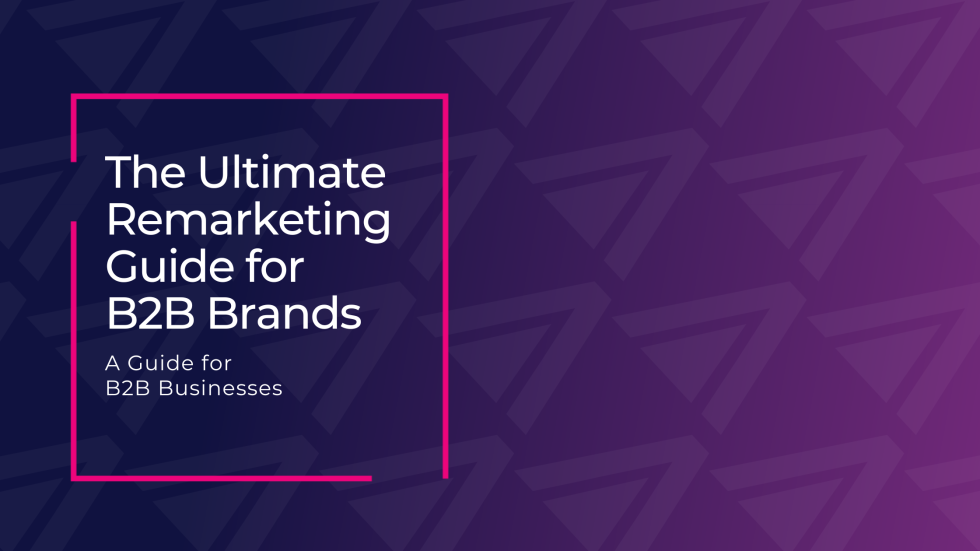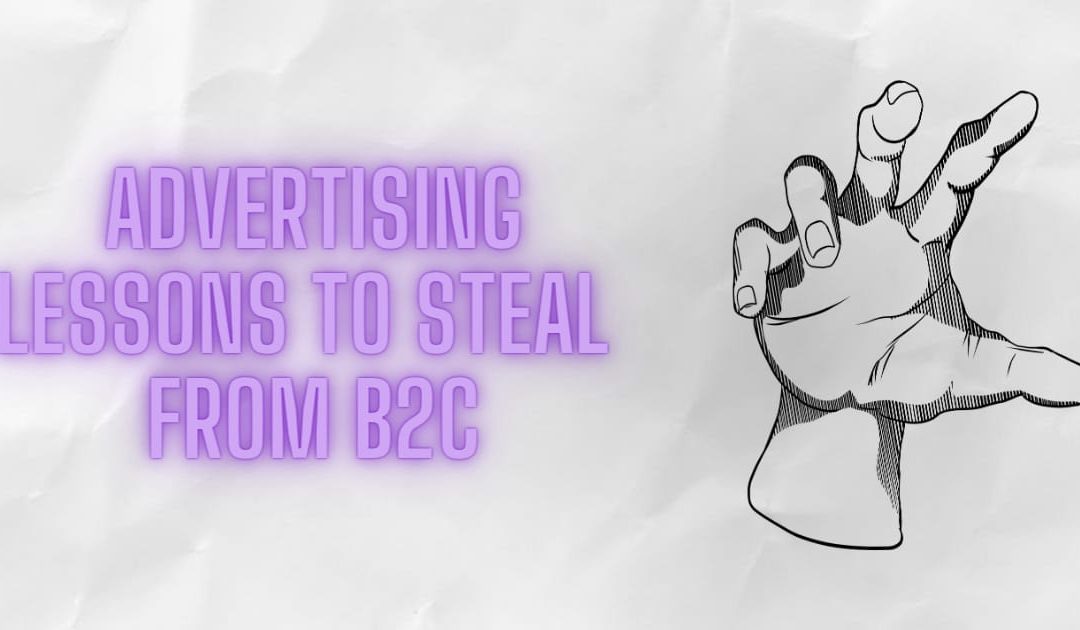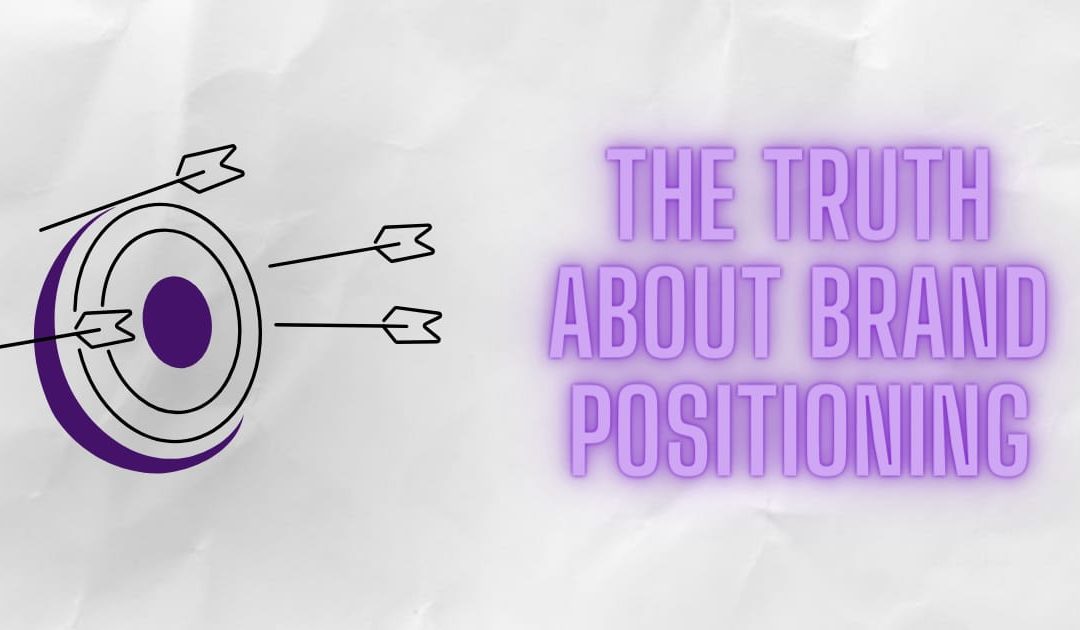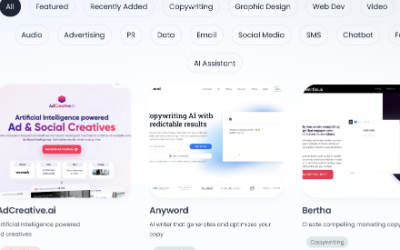What is remarketing, and how does it help you increase your conversions as a B2B business?
Let’s take a look.
Table of Contents:
- What is Remarketing?
- Benefits of Remarketing for B2B Businesses
- How Does Remarketing Work?
- Remarketing Campaign Ideas for B2B Businesses
- The Future of Remarketing After The Death of Third-Party Cookies
What is Remarketing?
Remarketing is a type of marketing campaign that targets people who have engaged with your brand but (usually) haven’t bought yet. Sending extra marketing to these people helps them to take the next step with your brand. It’s also sometimes called retargeting.
If someone checks out your website without buying anything, you might target them with ads for products they might be interested in.

If they’ve already bought from you, you might target them with the next product or upgrade that can improve their results.
The goal of remarketing is to identify people who have stopped engaging with your brand and re-engage them.
Remarketing Is Following Up
Think of it like this. Let’s say you’re at a café and a really attractive person comes up to talk to you (and let’s say you’re single for the sake of this illustration). They slip you their number and strike up a conversation. They’re really kind, and you like their vibe.

Suddenly, they pull out their phone and, with a panicked look on their face, say, “Oh no, I have a meeting right now on the other side of town. Sorry, I have to go!” and run out of the café.
They’re gone, but you have their number. So what would you do? If you like them, you’ll probably text them and ask to meet up again.
It’s the same with your potential customers.
They may have been enjoying your website, reading your articles, and looking into your products, but an urgent email, crying baby, or phone call pulled them off track.
Retargeting gives those “lost” customers a chance to consider you again, which can be a win for both of you.
And there are even more benefits:
Benefits of Remarketing for B2B Businesses
Shortens the Buying Cycle
Instead of waiting for your leads to come back and check you out again, you can get them coming back to you multiple times over a period of days instead of months.
Most leads need multiple touchpoints with your brand (several website visits, messages, and/or social media posts) to be able to make a decision, and retargeting gets more touchpoints to your leads in less time. (The B2B buying cycle is notoriously long, so this is a game changer!)
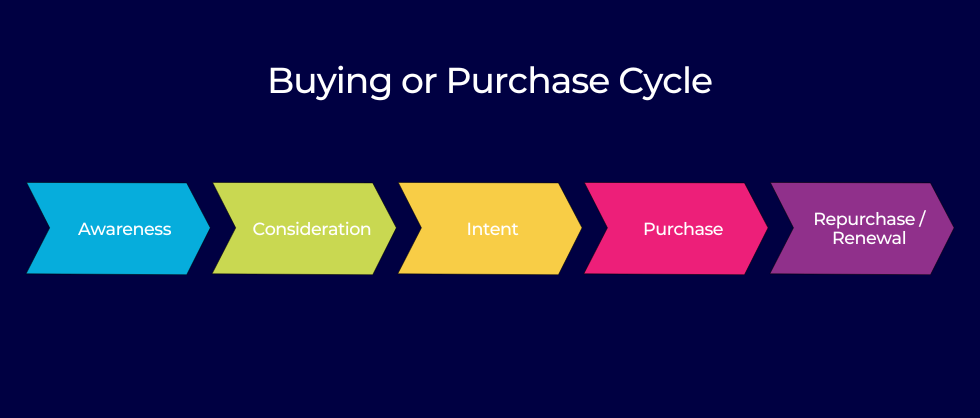
Increases Brand Awareness
Someone may have been reading an article on your website without noticing your brand name at all.
With retargeting campaigns, you can show the person more content and help them connect it with your brand name and products.
Encourages Conversions
You know a lead has purchase intent when they’re checking out your product and pricing pages, creating an account, or adding items to their cart. But sometimes, they don’t follow through with the purchase right away.
With remarketing, you can target people who are just a couple of clicks away from purchasing and help them make the decision to follow through more quickly.
Makes Finding Products Easier
People may be finding your content and getting solutions but don’t know which products to buy. Or they may not be aware of your products at all.

Once you learn about your potential customers’ needs by observing their behavior on your site, you can send them personalized promotions for products that will help them most—saving them the time and hassle of trying to figure it out themselves.
Increase Customer Loyalty
Remarketing isn’t just for non-customers. It can also be for customers, too. If your products need to be re-purchased, you can engage existing customers when it’s time to buy.
Or you can advertise upgrades and extra products that can give your customers better results, which increases customer loyalty.
So why is data enrichment important? Here’s what happens before and after you implement this strategy:
How Does Remarketing Work?
Now you know that remarketing can help your business capture lost leads and customers and increase each customer’s LTV.
So how does it work in practice?
There are many ways to remarket to your audience, but here’s what it comes down to.
- You use some kind of data collection technology to identify potential leads. This could be a cookie on your website that identifies a visitor to your website or a form on your site that collects email addresses. (First-party cookies run on your site and show you what a person does while browsing your site. Third-party cookies track a person all over the web and allow you to target your leads with ads on other sites, including social media. Third-party cookies are going out of style—read more at the end of this article.)
- You determine which lead stage the person is in and what their next step might be. Are they ready to buy, just researching, or do they even have a clue who you are?
- You use the data available to you to send the person personalized marketing messages. You can use third-party cookies to run personalized ads on social media or other sites that that person will see. Or you can send emails, make phone calls, send text messages, or even mail them print materials based on the information you’ve collected.
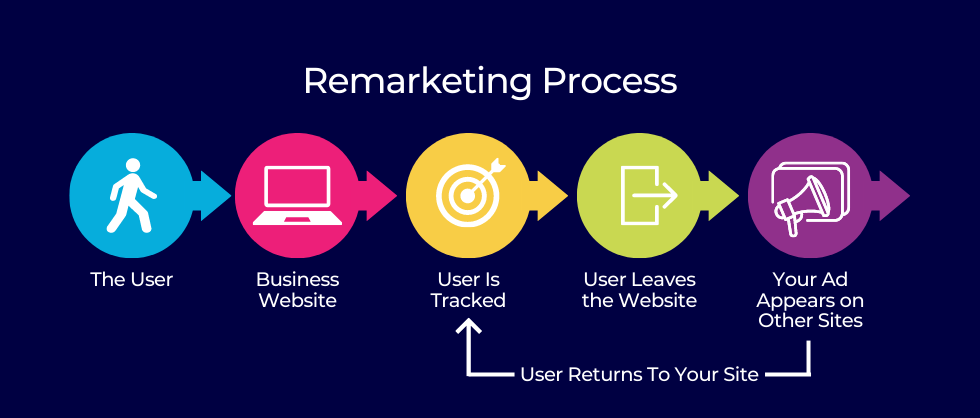
Remarketing Campaign Ideas for B2B Businesses
- Identify people who have read content on your website, then send them ads based on the content they’ve read
- Give a promo code for a product the person has considered buying but hasn’t purchased yet
- When someone puts items in their cart but doesn’t buy, send them a friendly reminder or a promo code to help them finish the transaction
- Identify visitors to conversion-focused pages, like a pricing page, product page, or cart page, and send them conversion-focused ads
- Create landing pages for different types of customers, then create segmented audiences based on who visits which landing page
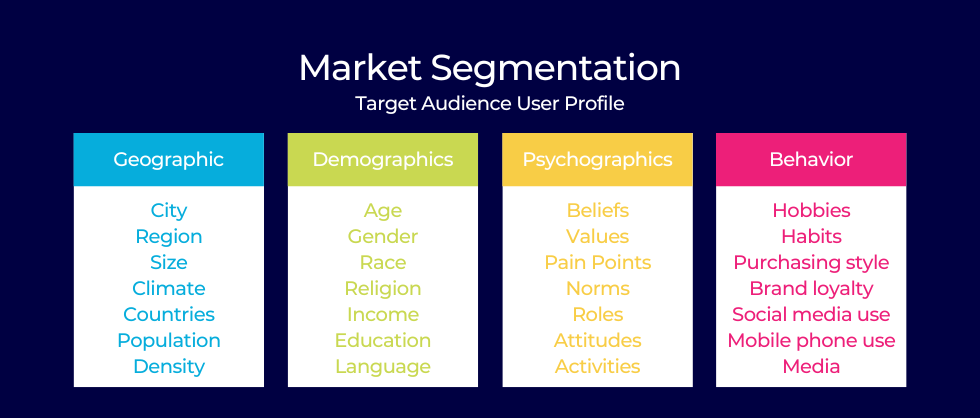
- Once someone has purchased, figure out the right time to retarget them to purchase again (or upgrade)
- Continue to engage customers of lower-cost products and move them down your funnel toward your higher-value offers
- Use engagement-based retargeting – Social media platforms like Facebook and Instagram can build target audiences based on people who have interacted with your posts, visited your page, engaged with previous ads, and more
- Use video retargeting – YouTube allows you to make audiences based on video views or ad video views, Facebook, Instagram and LinkedIn allow you to make audiences based on how much of a video someone has watched
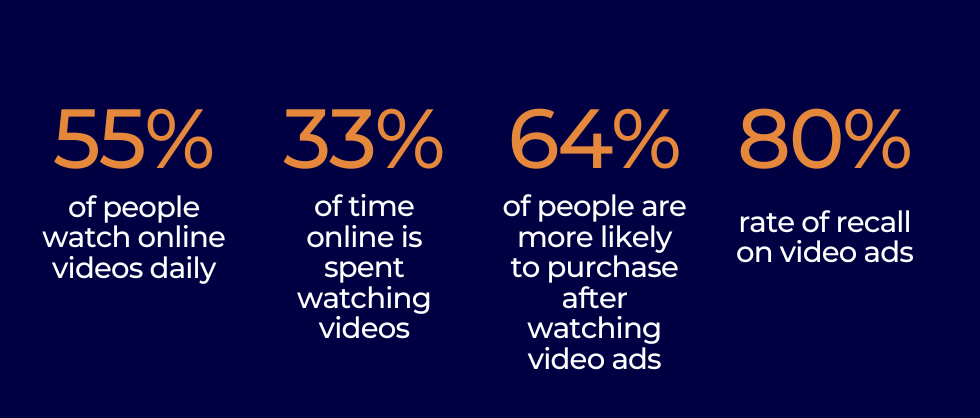
The Future of Remarketing After The Death of Third-Party Cookies
This is all well and good, but there are big changes coming to the internet that will force advertisers to find new ways of remarketing to their audience.

Third-Party Cookies Are Dying
Google announced a complete ban of third-party cookies in its Chrome browser (used by 3 billion people around the world) by late 2024. And Apple has been allowing users to turn off tracking since iOS 14.5.
Why is this happening? Internet users are fed up with being tracked all across the internet and getting shown ads for private searches they never wanted to share with anyone. (And we’ve all felt it, too.)
So moving away from third-party cookies is the right move for individual privacy. But it puts advertisers in a weird position.
Showing personalized ads leads to more conversions, but without third-party cookies, it’ll be much more difficult to figure out who to send ads to.
How to Ride Out The Revolution
So what can we do to continue to remarket through 2024 and beyond?
There are a few solutions:
Find Other Ways of Identifying Leads
Google is trying to develop new ways for targeting that will protect individual privacy while also allowing advertisers to reach the right people with their ads.
They admittedly don’t have a good solution yet, but it might look like pre-defined audiences created by Google that advertisers can target as a whole, instead of being able to target individuals based on detailed criteria.
No matter what happens, it’s important to follow Google’s updates to learn what tools advertisers can use in the future.

Collect Your Own Data
If you can collect contact information or connect to a user’s social media account from your own website, you’ll be able to collect information from them to use for your marketing campaigns.
You can bake this into your website so you don’t have to rely solely on third-party cookies for your data.
Use Contextual Marketing
This is the oldest form of marketing, and it still works. You can identify publishers and websites that cater to a similar type of audience and market there.
For example, if you sell software to construction businesses, construction-related publishers are a great place to run ads.
Partner With a Marketing Agency
Finally, working with a marketing agency can help you bypass the pitfalls of digital advertising and create a strategy that works for your business fast. See how Reel Axis can help you develop a powerful remarketing strategy for your business.

